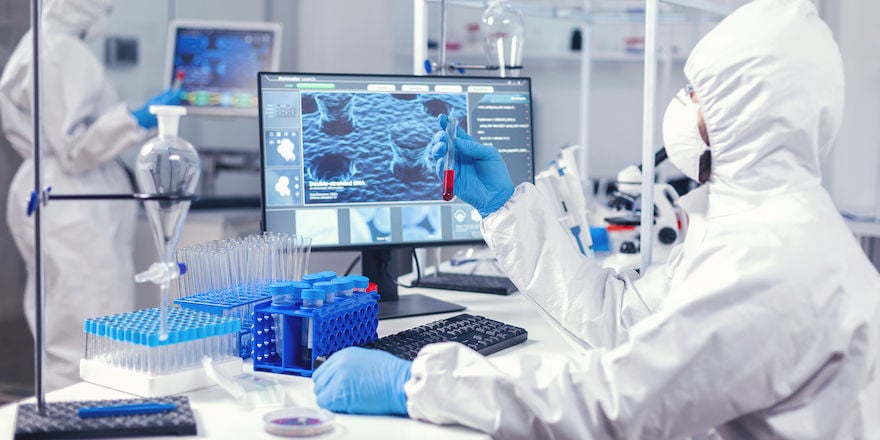Buy Medical Laboratory Technician (MLT) License online
What is an MLT?
A medical laboratory technician, which some call a clinical laboratory technician, is a specialist who uses lab equipment, tests and procedures to determine the health of human tissues and blood samples. They work in clinical, diagnostic or hospital laboratories under the supervision of physicians, laboratory technologists and laboratory managers.MLTs often share the title “med techs” with medical technologists, laboratory scientists, respiratory technologists, X-ray technologists and pharmacy technologists. The formal distinction between technologists and technicians is that technologists have a bachelor’s degree, while technicians have diplomas, certificates or a two-year associate degree. Technologists also commonly have more education and advancement opportunities and earn higher salaries than technicians.
Duties of a medical laboratory technician
MLTs perform laboratory tests and procedures, mostly comprising microscopic, bacteriological, hematological, immunologic and chemical diagnostic tests and analyses on samples of tissue, blood, urine, stool, synovial fluid and semen, among others. They look for critical clues to the absence, presence and extent of the causes and progression of diseases through accurate and efficient lab tests. Physicians and other specialists use the results technicians obtain from tests to make appropriate diagnoses and create treatment plans.Other duties and responsibilities of MLTs include:
- Forwarding test results to physicians
- Keeping accurate records of test results
- Collecting, preparing and storing specimens
- Explaining test procedures to patients
- Examining and approving samples other professionals collect
- Ensuring optimum integrity, quantity and type of test samples
- Preparing lab reagents and standard solutions for tests
- Maintaining a clean and safe working environment
- Standardizing test procedures to ensure consistency, reliability and usefulness of results
- Calibrating equipment, developing standard operating procedures and determining correct reference ranges for tests
- Using automated equipment and computerized lab instruments to perform several tests simultaneously

